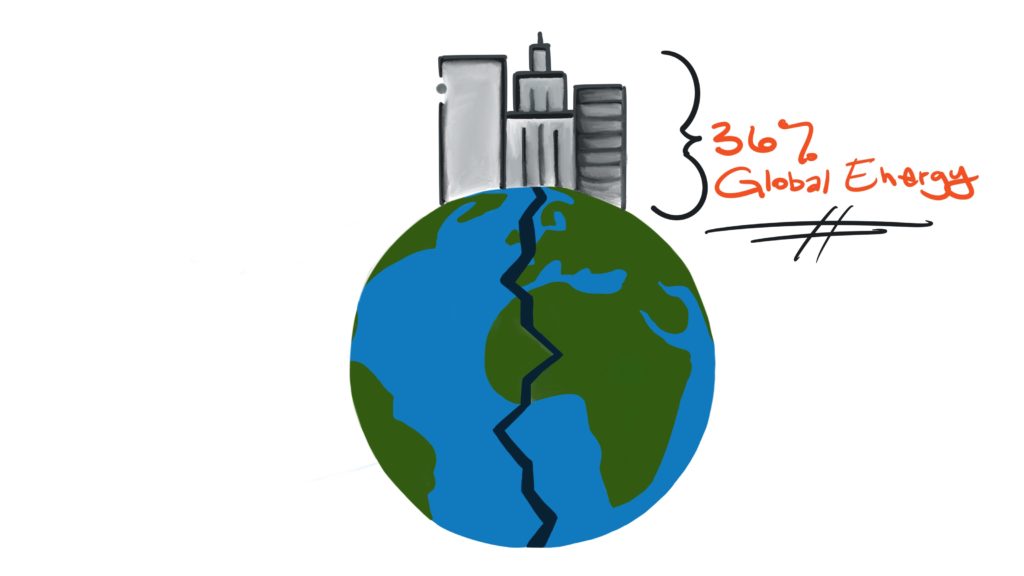Coming into the new decade, one question that is top of mind for many is – what are we going to do about climate change? From the fires in Australia to the flooding in Mumbai, the macro-environment put this issue at the forefront and the world is starting to think more about how to prevent these natural disasters. To answer this question, some people are looking to real estate developers, owners, and operators.
According to a quote from the UN Environment Program in Curbed, “buildings and their construction together account for 36 percent of global energy use and 39 percent of energy-related carbon dioxide emissions annually.” Furthermore, “in the United States, residential and commercial buildings account for 40 percent of energy consumption,” as said by the US Energy Information Administration.

At a Real Estate Symposium hosted by my alma mater, Columbia Business School, a few months ago, one of the break-out sessions I attended had a panel dedicated to energy & sustainability. One of the members on the panel is the Chief Energy Management Officer for the City of New York. At the NYC Division of Energy, Anthony is responsible for managing a budget to develop and implement programs to achieve an 80% reduction of greenhouse gas emissions by 2050. As part of this initiative, the government’s building portfolio has promised to reduce emissions by 25% by 2025, and private owners must decrease emissions by 40% by 2030.
As part of the same panel, Katherine, a Managing Partner at Carbon Ventures, an impact venture fund investing in technologies that reduce carbon emissions, spoke about some of the issues with the implementation of this technology that already exists. Mainly, who will pay to install these technologies? On one hand, one can argue that LEED certified buildings can charge more rent and pass those costs off to the tenants, however, does that really offset all the time and costs associated with getting LEED certified in the first place? It seems as though we’re in a stalemate, waiting for demand to catch up before we figure out where how to allocate these costs.
Last week, I attended a Real Estate Capital Markets event, co-hosted by Columbia Business School and Goodwin Procter. Mark, the COO of Google’s Sidewalk Labs was one of the speakers. He too, spent most of his time focused on ways that Real Estate’s duty to reduce carbon emissions.
“Real Estate is going to see a lot of changes from Carbon Emissions Laws” was the title of one of his slides. According to Crain’s and the Wall Street Journal, the new laws will cost property owners billions of dollars, as they work to comply with the new energy standards. Implications could be reduction in property values and less construction, to name a couple.
So, the question is, how and when will traditional real estate investors adapt? Large development firms like Whitestone Realty Capital and Brookfield Properties have already launched “Green Initiatives.” Companies like Green Canopy and Blueprint Power have put sustainability at the forefront of development. Venture Capital firms such as The Westly Group and Carbon Ventures (mentioned above) have launched funds specifically targeting technologies that help reduce carbon emissions.
Every day, PropTech is improving to autonomously monitor and control our carbon footprint, through changes in things like energy and water consumption. What’ll be interesting to see in the coming years is how technology will be able to both help the cause (i.e. the environment) while also aligning the incentives of all the different players (i.e. the government, property owners, property managers, tenants, etc).
Of course, some solutions are cheaper than others (for instance, software systems might be more cost efficient than buying and/or replacing old equipment), but we’re looking forward to seeing how the space evolves to counter-act these issues to ensure long-lasting benefits for all the parties involved.
